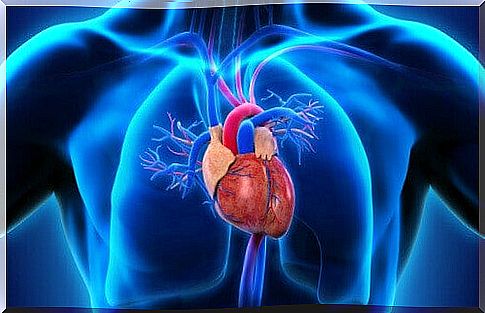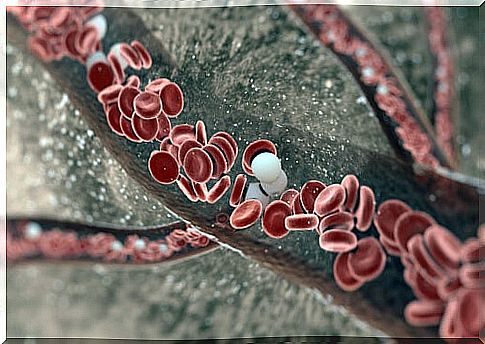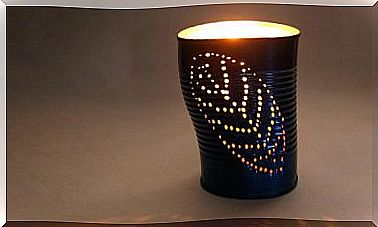Aortic Injury
In closed injuries, they are considered directly responsible for in situ deaths in between 16 and 40% of cases, only surpassed by head trauma. They are associated with severe damage to the central nervous system; Together with heart injuries, they constitute the leading cause of early and immediate post-traumatic mortality.
Regarding the etiology of aortic injury, traffic accidents are among the most frequent causes. Also falls, especially when the impacts are lateral.
Only 15% of aortic lesions reach the hospital alive and mortality without treatment is 90% at three months. The chances of survival will be determined by the severity of the aortic lesions themselves, the associated ones and the treatment applied.
Classification of aortic injury

In the clinical practice guidelines, a classification is proposed that only recognizes 3 degrees of injury for treatment:
- Grade I : are the lesions that are indicated to be controlled with medical treatment with beta-blockers and follow-up until the lesion stabilizes or disappears.
- Grade III : are injuries that require immediate surgery. Also included are those that present free rupture or those with rupture contained by pseudoaneurysm, but that associate secondary signs of severe injury.
Finally, there is an intermediate group called grade II, which are LIT-type lesions. The treatment will depend on other parameters such as the stability of the lesion, the absence of these secondary signs of severity and the other associated lesions of the patient.
The proposals of these easy-to-reproduce and concordant classifications allow standardizing the language and the communication of the findings.
Symptoms of aortic injury
The symptoms that the patient presents will also influence the choice of treatment. We can highlight the associated signs of severe injury and the concept of injury stability over time.
Regarding the secondary signs of severe injury we can mention:
- Pseudocoarctation : it is an anomaly of the aorta artery.
- Severe bruising
- Massive left hemothorax.
- The size of the pseudoneurysm or involvement of more than 50% of the circumference.
These are factors that increase the degree of injury. Therefore, they indicate the need for urgent repair, while their absence allows elective treatment. Another factor with the same meaning is prehopsital hypotension.
How can it be diagnosed?

In recent years, there has been a revolution in both diagnosis and treatment options for aortic injuries. In this way, it has evolved in parallel with the improvement of multidetector technology and the introduction of new endovascular repair techniques.
On the one hand, it has been achieved that small injuries do not go unnoticed; and, on the other, a decrease in mortality that appears directly related to the choice of procedure and the time of treatment.
The natural history of aortic lesions depends on different variables. The degree is a determining factor, but it is not the only one that will determine the need and the most appropriate moment to carry out the treatment.
In short, there has been a revolution in the diagnosis of aortic injury. From the suspicion due to indirect signs in the portable chest radiograph to the identification of minimal intimate lesions that previously remained hidden, since they are not always accompanied by mediastinal hemorrhage.
Treatment of aortic injury
Today there are three therapeutic modalities:
- Medical treatment with beta-blockers, calcium chain blockers and vasodilators to reduce the frequency of blood pressure associated with anti-aggregants / anticoagulants.
- Endovascular repair.
- Repair with open surgery.
Either intervention can be carried out on an urgent, semi-selective or scheduled basis. Regarding endovascular repair that has been developed in recent years, it shows a marked decrease in operating room times, transfusion needs and hospital stay compared to those undergoing open surgery.
These data suggest that it be proposed as the treatment of choice in those with a favorable anatomy and even in children with thoracic aortic injury.








